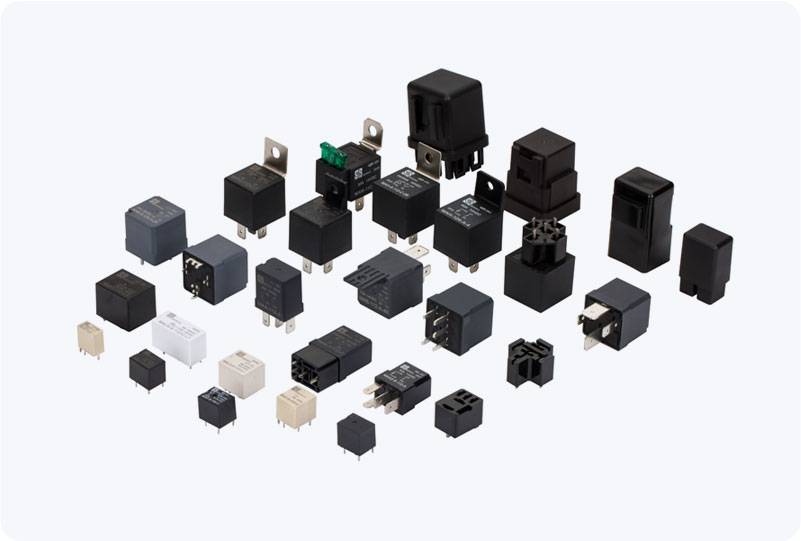understanding the importance and applications of thermal management relay in modern electronics
Release time:2025-10-29 05:49:04
In the rapidly evolving world of electronics and power management, ensuring the safe operation of high-performance systems is crucial. One of the key components in achieving this goal is the Thermal Management Relay (TMR), which plays a vital role in maintaining the stability of electronic devices by monitoring and controlling their temperature. As technology continues to advance, especially in high-power applications like electric vehicles, data centers, and industrial machinery, the importance of effective thermal management has become more pronounced. This article delves into the working principle, applications, and advantages of Thermal Management Relays.

What is a Thermal Management Relay?
A Thermal Management Relay is an electromechanical device designed to monitor and control the temperature of electronic systems. It works by using a temperature-sensitive element to detect when a device or system exceeds a predefined temperature threshold. Once the relay senses that the temperature has surpassed the safe operating limits, it activates or deactivates certain components, such as cooling systems or power supplies, to restore normal operating conditions. Once the temperature returns to a safe range, the relay resets itself, allowing the device to resume its normal operation.

